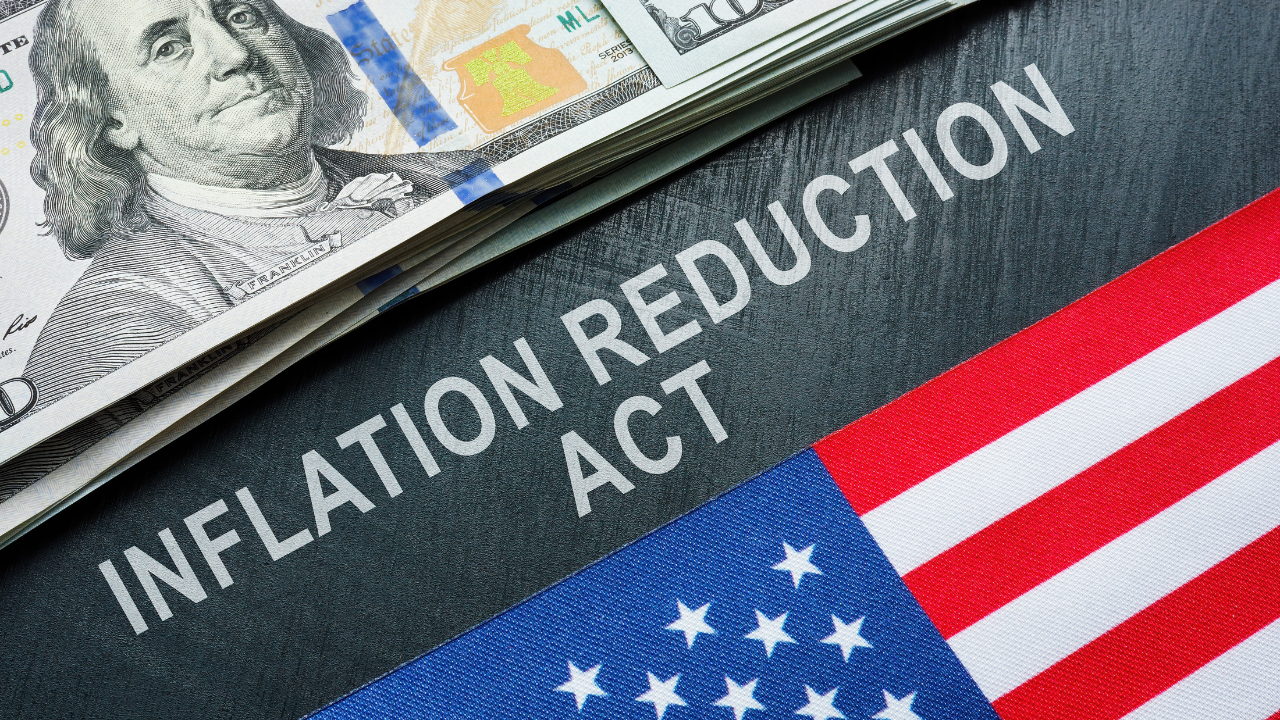Global Pharma and Biotech Summit: The Impact of Politics on Pharma and Biotech
Amgen CEO Robert A. Bradway discusses the potential impact of the election, and politics in general, will have on the industry.
Stock.adobe.com

As part of Financial Times’ 2024 Global Pharma and Biotech Summit, held from November 5 to 7 in London, Amgen CEO Robert A. Bradway discussed challenges and opportunities facing the innovative biotech industry. As the discussion occurred on November 5, the topic of the US election played a large role in this conversation.
The discussion’s moderator, Oliver Barnes, US pharmaceutical and biotech correspondent for the Financial Times, opened the session with a question about what was at stake for the industry due to the US presidential election.
“The issues for the biopharma industry extend beyond just this election,” Bradway said. “The US has benefited from a very strong ecosystem for many decades which features not just industry but academia, the government, the capital markets, respect for intellectual property, and the kinds of things that are essential for fostering innovation. I'm not sure what this election in particular ushers in but there is potential for radical change in that ecosystem.”
He continued to explain about what goals the industry will be focused on, regardless of the winner.
“The industry will be very focused on making sure that the things that have enabled us to bring forward the amazing innovative drugs that people are benefiting now from all over the world remain intact,” he said. “We in the innovative biopharmaceutical industry are concerned about what the inflation reduction act (IRA) has done to innovation, especially for cancer patients. We're very mindful of changes, legislative or otherwise, that have the potential to either set fixed prices by the government or eliminate or reduce the incentives for innovation. Those are the kinds of issues that we'll be paying close attention to, but neither candidate has made our industry a focus of their campaign. There’s the old model of a republican, but Donald Trump isn't like that. He's often been quite hawkish on drug pricing and has played a populist card when it comes to healthcare and the approach to the farming industry.”
Barnes followed up by asking if the industry had a preference on who won the election, Kamala Harris or Donald Trump. According to Bradway, things are more complicated than that.
“It's incumbent on us in the industry to help educate legislators, the administration, and even the president on the issues that are important for our nation,” he explained. “The big picture here is very clear: the nation needs more innovation, not less. The reason we need more innovation is that our population is aging, and we have people suffering from chronic diseases and other challenges for which there isn't sufficiently good innovation today. The question we all need to be addressing is what we can do to see that the cancers that still plague our society, the heart attacks and strokes which still are a feature of our daily life, that the neurodegeneration which is going to be a problem for our next generation of citizens here in the country, and other things like obesity and all the consequences of obesity.”
Bradway continued, “Innovation can address those needs should be encouraged, not discouraged by layers of regulation that aren't productive or price setting which has the effect of either interrupting the normal functioning of the market or reducing the returns available for those that are prepared to take the big risks that are involved in innovative discovery. People forget sometimes that it's a two-and-a-half billion dollar undertaking to develop a new drug and between 10 to 15 years. It's often an inherently high-risk exercise.”